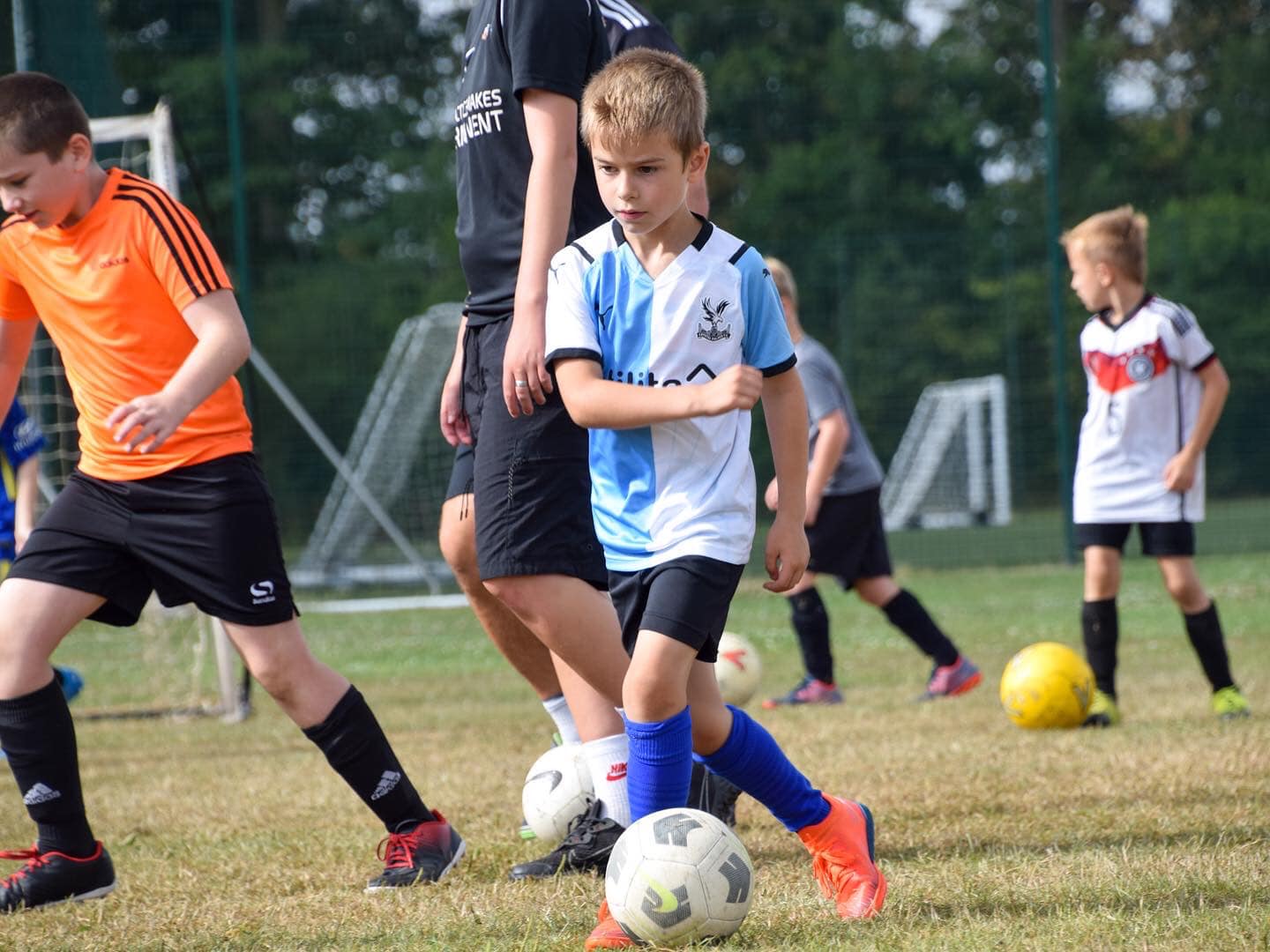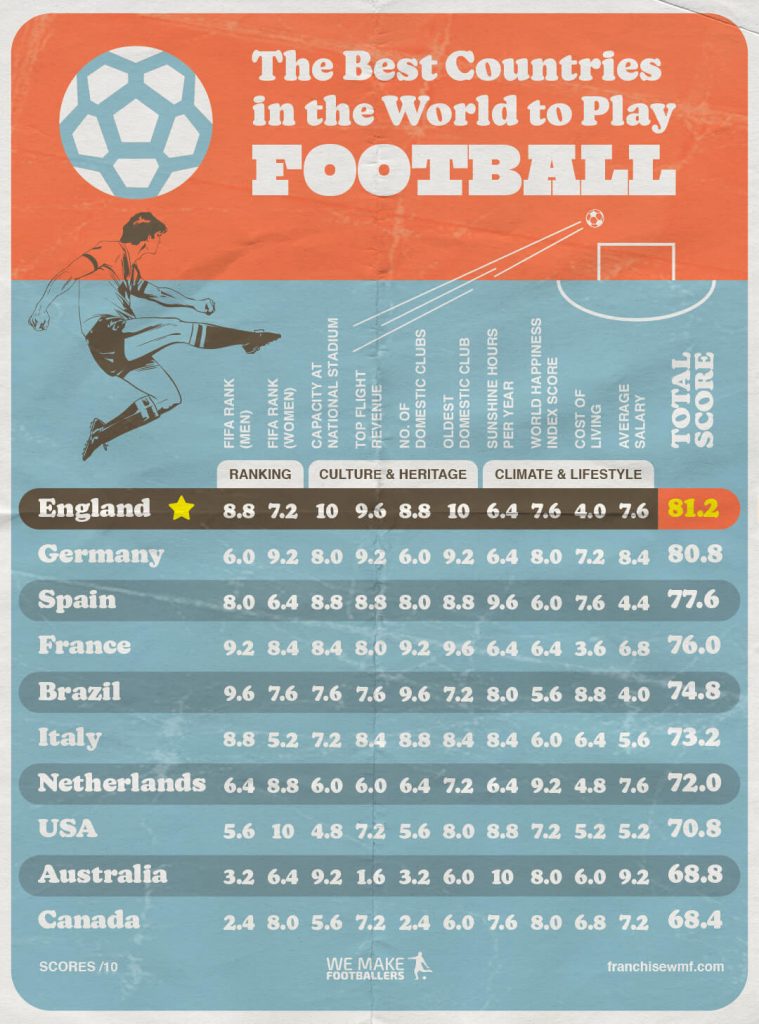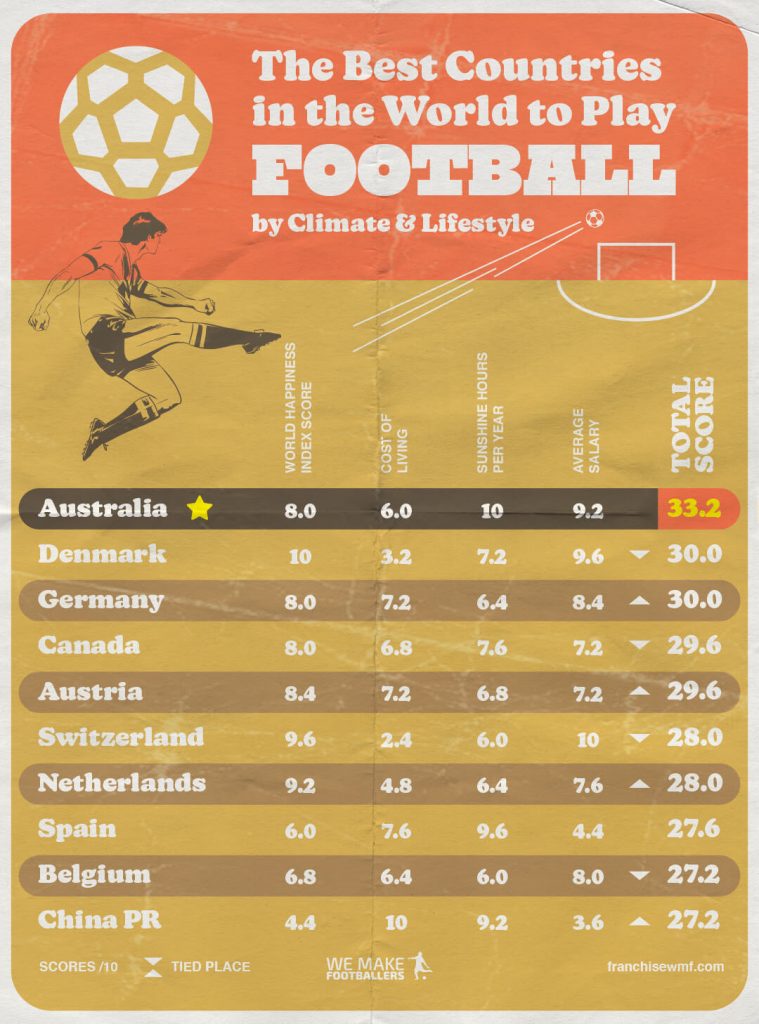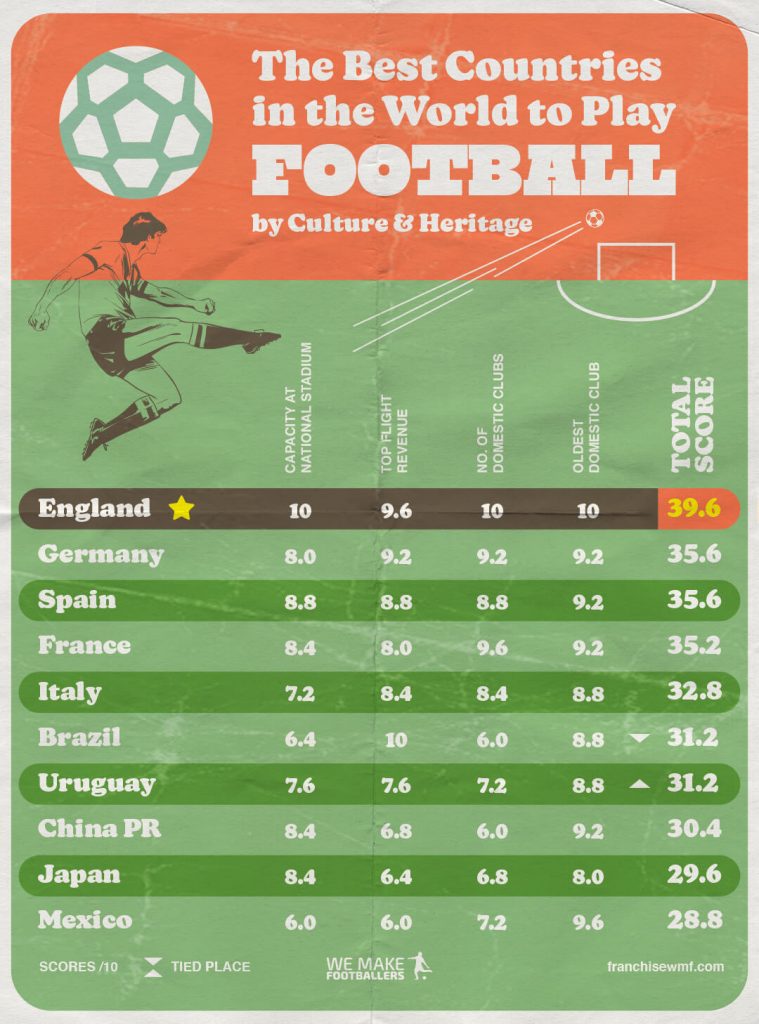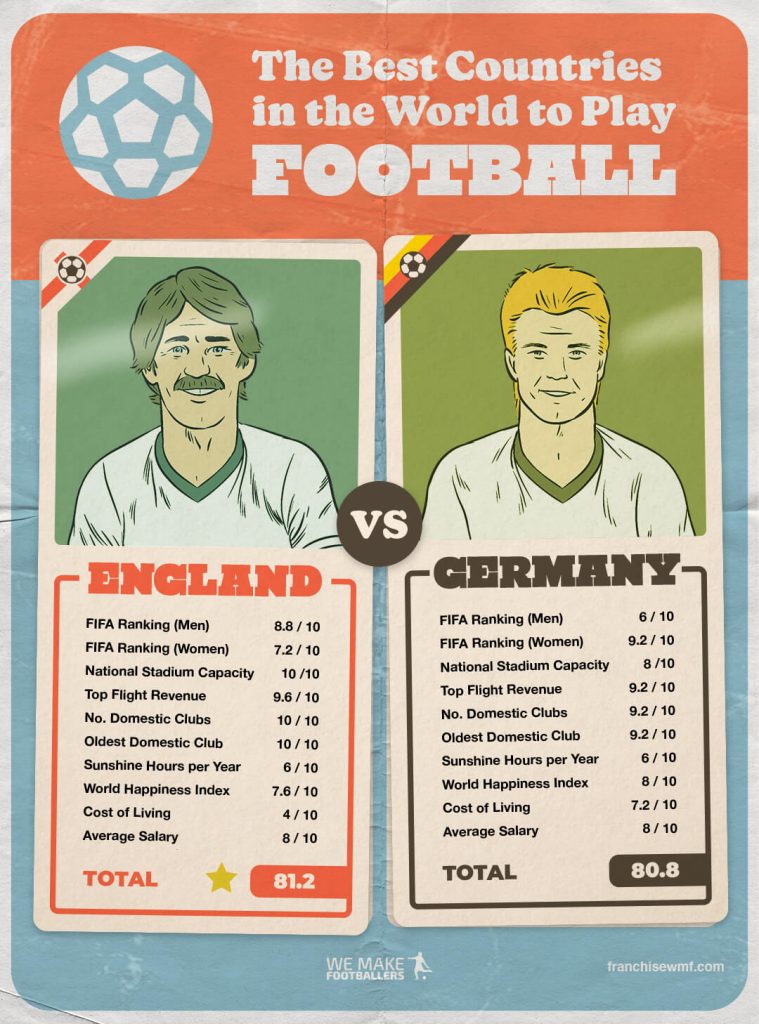10 children per coach
The importance of the 1:10 ratio
One of the hottest topics in the education sector right now is growing class sizes. A combination of factors including underfunding of the system and the Covid-19 pandemic has left primary schools across England trying to educate upwards of 30 children with only one teacher. These “supersized” classes which are fast becoming the norm across England and Wales are in stark contrast to the approach of We Make Footballers. We operate with a strict 1:10 ratio, meaning 10 children to one coach based on science, years of experience, and FA recommendations. With up to four coaches at every session, each player gets the individual attention they deserve to make the most of their potential.
The 1:10 ratio allows a coach to take a keen interest in a child’s development, both as a footballer and a person. At We Make Footballers academies in disadvantaged communities – who are usually the hardest hit when it comes to large class sizes – children will often get more attention than at any other point in their week.
This serves as a reminder that We Make Football franchisees do far more than just provide coaching. They offer a safe space for children to play, learn and express themselves under professional adult supervision. We Make Footballers deliver a community service at a time when schools – often through no fault of their own – are struggling.
Using 1:10 ratio means that players are under constant supervision. Coaches can identify areas where individuals can improve and come up with training plans to help them do so. They can see which players in the group need more help and offer them the support required to boost their progress.
Individual praise is vital when it comes to coaching children and that is made easier when working with a group of 10. Being able to constantly encourage a child boosts their confidence, which in turn makes football more fun and leads to improved self-esteem in other areas of life.
Coaching in 10s also allows for sessions to be safer and more fun. Coaches can be more vigilant and spot incidents as soon as they occur. For players, there is less standing around waiting to partake in a drill, something that can lead to boredom. When children are always involved, they are happy – and happiness is the key to ensuring they want to keep coming back.
To really understand the difference the 1:10 ratio makes, let us compare it to supersized classes. Supersized classes are defined as those with 30 or more children. Between 2010 and 2020, the number of supersized classes in England has increased by 20 percent with over 900,000 pupils now being taught under such conditions.
The pandemic made matters even worse. Children missed out on months of vital education under the guidance of teachers. Persistent absences increased from 15 percent in 2019 to 16.3 percent in autumn 2020. Some estimates have put the number of children who have not returned to school following re-openings as high as 100,000.
In December 2021, England’s children’s commissioner launched a major investigation into locating these so-called “ghost children” amid growing concerns over the welfare of individuals who had dropped off the state’s radar.
Those who have returned to school have seen their education truncated. Teachers leaving the industry and self-isolation periods for both staff and children have caused disruptions and can be partly to blame for the rise of supersized class, but the real problem is the underfunding of the education system. A decade of education cuts has seen school spending per pupil drop by nine percent in real terms, down from £7,200 in the 2009-10 academic year to £6,500 in 2019-20.
Boris Johnson’s government pledged to commit an extra £7.1 billion in funding for schools in England in 2022-23. That still does not reverse the damage of the past 10 years, leaving spending per pupil still one percent lower than 2009-10 accounting for inflation.
Nor did the commitment impress the government’s “catch-up” tsar, Sir Kevan Collins. He felt that £7.1 billion was nowhere near enough to even start helping schools catch up, quitting his post shortly after the funding announcement in protest by saying it fell “far short of what is needed” to ease the impact of the pandemic on children’s learning.
Geoff Barton, general secretary of the Association of School and College Leaders (ASCL), has made the case for the link between education cuts and supersized classes: “The increase in children in large classes is a direct result of government underfunding of the education system because schools are not able to afford the number of staff needed to maintain lower class sizes.”
Poor communities are the worst hit by an inability to afford staff, which in turn decreases social mobility and increases the class divide. Children from disadvantaged backgrounds are often already playing catch-up when they arrive at primary school.
They are the ones who would benefit the most from smaller class sizes, having teachers who can dedicate more time to their individual needs rather than working with in excess of 30 children. When schools cannot incentivize teachers to work in such challenging environments through decent pay, then class sizes balloon to the detriment of the children who need help the most.
Paul Whiteman, general secretary of the school leaders’ union NAHT, said when asked about supersized glasses in 2021: “It says a lot that the largest class sizes are in the most deprived areas, and that this has got worse over the past decade of government cuts to education funding.
“If the government is serious about equality of opportunity for all children, it must invest so that every family can be certain of a great education, in a great school, with great teachers, regardless of where they are in the country.”
Numerous studies have been carried out around the world over the course of many years advocating the benefits of small class sizes. One of the most famous was the Student Teacher Achievement Ratio – the STAR study – carried out in Tennessee during the late 1980s.
Students and teachers were randomly assigned to either a small class with an average number of 15 children or a larger class of 22. The difference of seven children was a reduction of 32 percent and was chosen to help distinguish what happens when class sizes drop by around a third.
After one year of education in these class sizes, children have tested their English and mathematics skills. Those in the smaller classes had an increase in achievement by an amount equivalent to an additional three months of schooling four years later – proof that size does matter.
Whilst the government struggles to appropriately fund the English education system and children’s learning continues to be damaged by supersized classes, We Make Footballers will always be committed to providing the 1:10 ratio.
When parents trust We Make Footballers to deliver a footballing education for their children, it is our job to do it by giving each player the dedication they deserve to help them make the most of their abilities.

